|
Often when people move to the Keys, the first thing they try to do is make their new home just like the place they left. Locals can pick up pretty quickly who these “they do it where I come from” newcomers are; within five minutes of meeting Angela and Brian, and observing their efforts to caretake our fragile Florida Keys environment, I knew they were a good fit here. They came down as a family when their middle child Logan was transferred to Coast Guard Station Islamorada, and once here, decided not to leave. Jokingly Brian and Angela aways said, “when the kids are gone we are going to quit our jobs, run away to the Keys and become bartenders, live in a one room shack with an A/C that is halfway broken and they wouldn’t care if there are roaches!” A positive twist on the old story “Come on vacation… leave on probation.” They researched house prices, and soon realized they couldn’t quit their jobs and become bartenders. Luckily, their jobs allowed them to work from anywhere, so they got more of their full dream than most anyone would want. The house they found online, located in Harry Harris Park, from an aerial view on Zillow, was your typical pea rock yard and stilt house property. The backyard borders a natural mangrove and buttonwood preserve, which if you were to crawl a few hundred yards through the County owned property, you could reach the shoreline. Soon after moving in Angela noticed shells near the A/C condensate drainpipe, picked one up, and saw it was a land hermit crab (Coenobita clypeatus). In honor of their new-found friends, Brian and Angela named their property ~ “Crustacean Plantation”. Never having had a hermit crab as a pet, her first reaction was “I don’t know how this works,” but she learned. She started by counting her hermit crab encounters, and began numbering the shells. At some point past 100 crabs she stopped counting. Hermit crabs have soft abdomens which require protection of a shell, and who require bigger shells to suit their bodies as they grow. She observed encounters where one crab was trying to hijack another crab’s shell. A crab will approach a shell, be it occupied or not and tap on it with it’s own shell. If it is occupied it will continue it’s incessant thumping until the resident crab gives up the shell willingly, or is evicted by force. Lost pinchers or legs found on the ground, are evidence of crab shell fights. Realizing a need, Angela started purchasing shells to put out in a designated “Transfer Station” and almost immediately small or broken shells were traded off for the new and roomier models, kinda like a used car lot for hermit crabs. Broken shells are left vacant, as they no longer provide protection or cannot hold fresh water needed to lubricate the crab’s gills. Angela and Brian have spent hours in the garden, adding mulch and soil, making new beds for the native and flowering plants, and adding water sources for the critters. Bricks and boulders line the raised beds full of soil and mulch. Hermit crabs need soil or sand substrate in order for them to molt; since the Keys doesn’t have dirt, the hermit crabs must surface molt or find leaves, and bury themselves during this vulnerable time. In their new beds, Angela and Brian have seen little dig piles where a hermit crab has gone to molt. We have provided them a “crabitat” - something they probably wouldn’t normally have. Creeping zoysia grass covers the former barren pea rock yard, leading up to an undisturbed tidal rocky area in the back of the property where the crabs hang out. As we approach we can hear clacking as the crabs retreat and their claw clamps shut the shell opening; hermit crabs have keen eyesight so it is hard to sneak up on one. We stare at the rocks, and soon detect movement; a shell blending in perfectly contains a hermit crab on the move. A sign “Hermit Highway” designates where the crabs cross to go to the ocean to lay their eggs, and after having done so return to the dry land to resume their lives. The “Crustacean Plantation” is on the Garden Club of the Upper Keys garden walk, Sat. Feb 17, 2024. It is located in the Harry Harris Park area, a hidden gem, full of natural beauty, and a livable community for those who work here, and the creatures who were here before we came.
You might want to bring along a shell or two for a hermit crab in need
2 Comments
If you have ever visited the parking lot at Key Largo Publix, you have undoubtedly seen the chickens there. Great idea for a story, but why weren’t they there mid-afternoon on a weekday when I actually have my camera to take their photograph? I drove the whole lot, and all I saw were some chicken feathers. Thinking the worst… did the gentrification squad move them away? My friend said when she was shopping early on a Sunday they were everywhere… even blocking the road, as if daring you to drive-by. So I returned early one morning, and there they were in all their parading, pecking, crowing, scratching glory. Luckily I had finished photographing by the time the parking lot clean-up crew, with their blowers and weedwackers arrived, and the chickens and roosters dispersed into the woods. Now that I know their routine, tell me, “where did they come from and why do they stay?” The chicken (Gallus domesticus) is a domesticated species that arose from the jungle fowl that was originally found throughout the Caribbean, including Cuba. Early settlers in the Keys, many from the Caribbean Islands of the Bahamas and Cuba, kept chicken coups and used them to feed themselves, consuming both the meat and their eggs. The 10 Year War in Cuba (1868-1878), a war led by planters and wealthy Cubans for independence from Spain, caused many Cubans to migrate to Key West. There were three Cuban wars for independence, the last of which escalated to the United State’s involvement in the Spanish American War, after the sinking of the USS Maine in Havana Harbor in 1898. A 1906 postcard of sailors betting on a cockfight depicted everyday life aboard warships during WWI. These sailors must have adopted some of the traditions of the countries they were protecting. Cubans arriving in Key West fleeing a war brought with them their Cuban heritage, including their roosters and the sport of cockfighting. Is it fair to say the Cuban roosters qualify as military veterans or AWOL? Cockfighting thrived in the Keys until it was outlawed in the 1970’s; no longer being of use to their owners, these roosters were released into the streets of Key West. Few are aware that back in the mid-80’s a flourishing illegal cockfighting business was going on in north Key Largo, just off CR 905 about a mile south of the three way at Card Sound Road. On weekends I recall seeing many cars turn off the main road and drive into the hammocks. At a glance, it didn’t look like it was a family picnic. The conversation was loud and exclusively Spanish; there were guards checking all who entered, a few women, but mostly a lot of older Cubans with lots of cash and many bodyguards with lots of guns. Hidden behind the trees was a huge steel frame building that law enforcement called “The Chicken Ranch”. There were numbered seats surrounding an open ring in the center, where the cockfighting took place. The roosters were raised in chicken farms on Rockland Key, from former Cuban-bred roosters, known for their territorial and aggressive tendencies. The illegal operation was raided, and shut down permanently around 1987-88. So with hens no longer being kept in coups for food, and roosters no longer being needed for the wagers, these released feral fowl hooked-up and are free-ranging through the Keys. In Key West, whose unofficial mascot is the chicken, locals call their chickens “gypsy chickens” as they roam freely everywhere. So much so that the City of Key West funds a program to rescue, care for the sick and injured, and re-home the chickens. Many of the chickens from Key West are trucked to farms on the mainland, to continue their free-range lives. Did a few jump off the transport in the parking lot in Key Largo? And now they are here, they are officially staying since obviously someone is feeding them, and I suppose no-one is particularly bothered by the rooster’s early morning crowing. I find them amusing and a small reminder of our early Caribbean island roots.
|
CAROL ELLIS
This photographic website provides me the opportunity for self-expression, for sharing Archives
February 2024
TAGS
All
|
© Copyright 2022. Carol Ellis Photography.
All Rights Reserved.


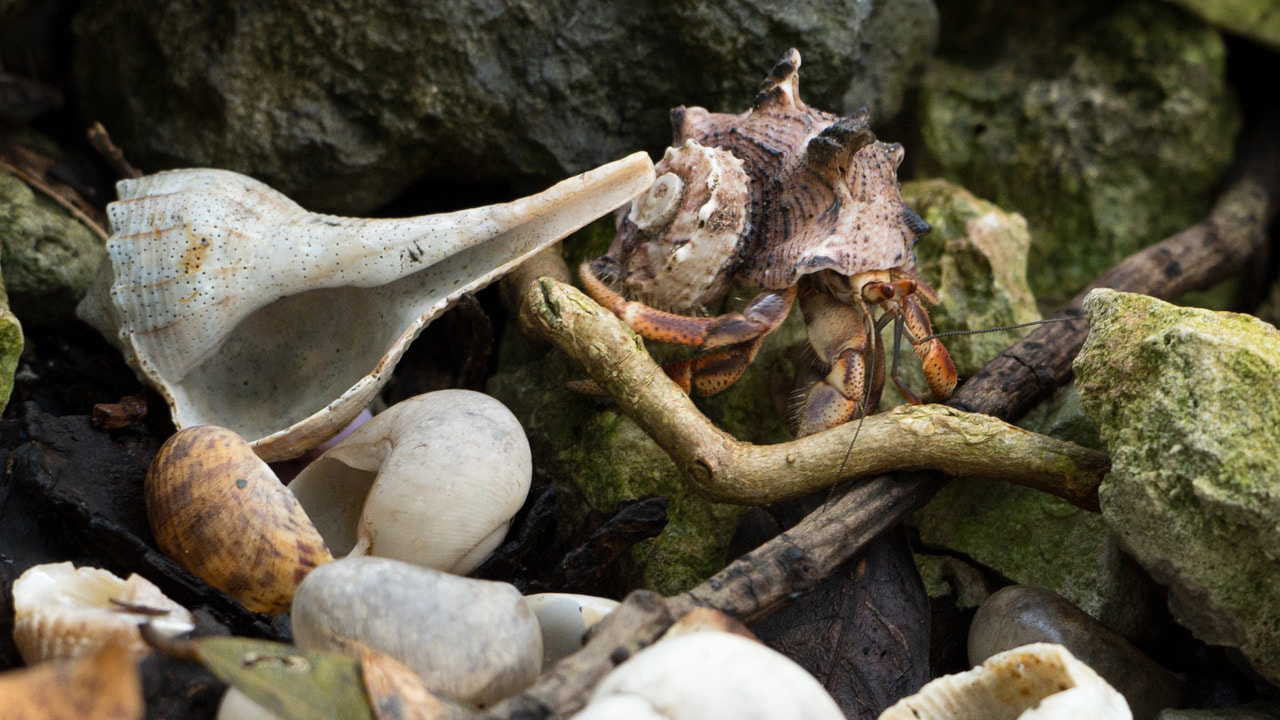
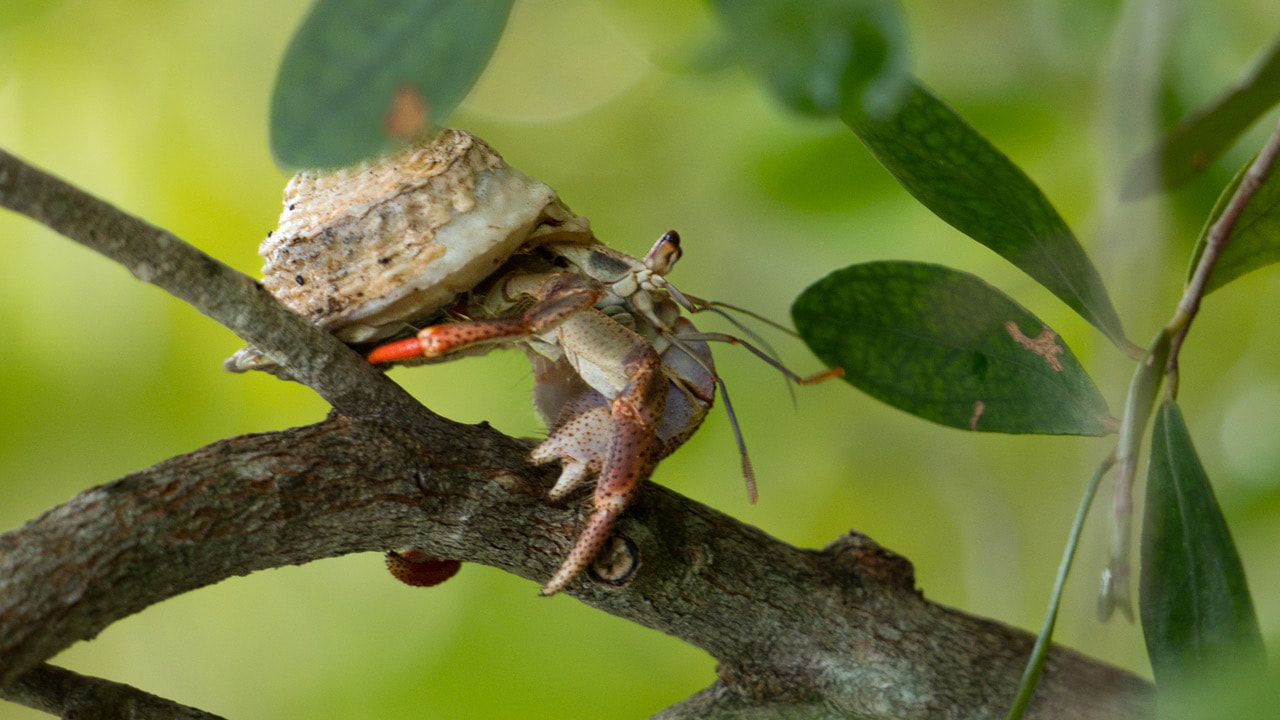
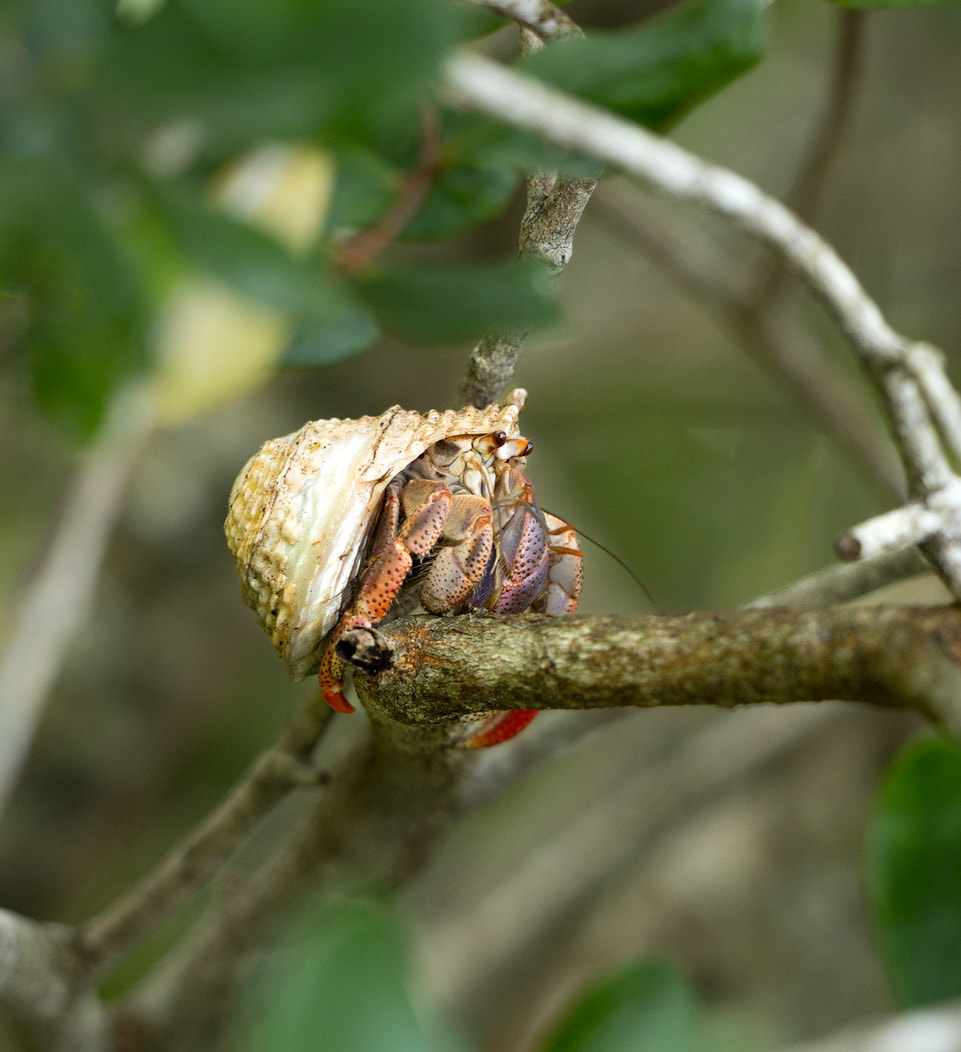
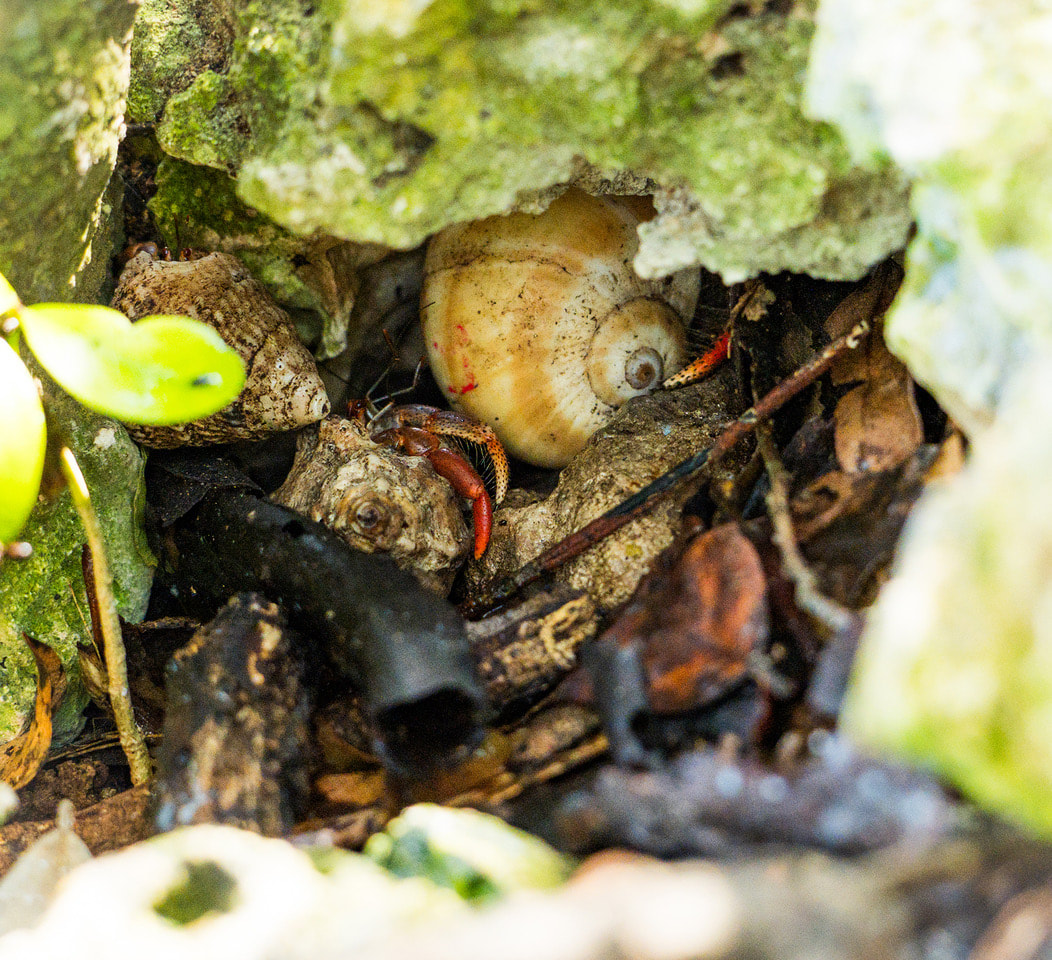
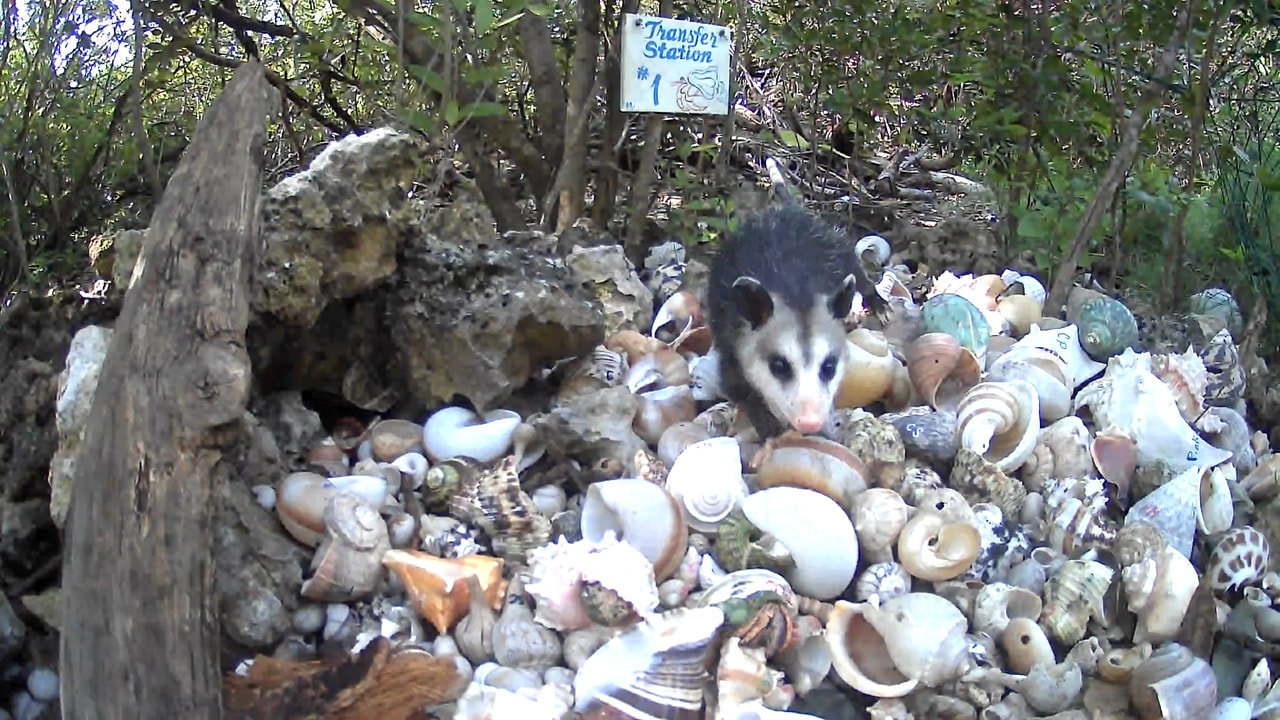

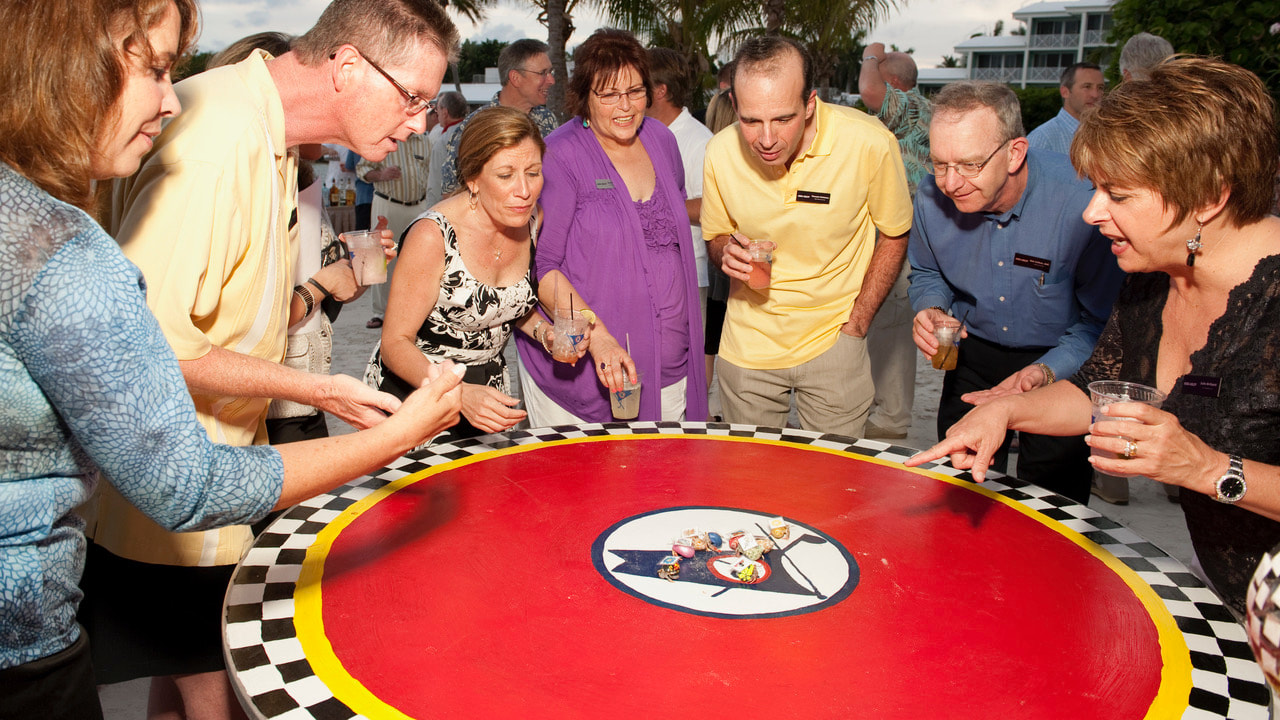
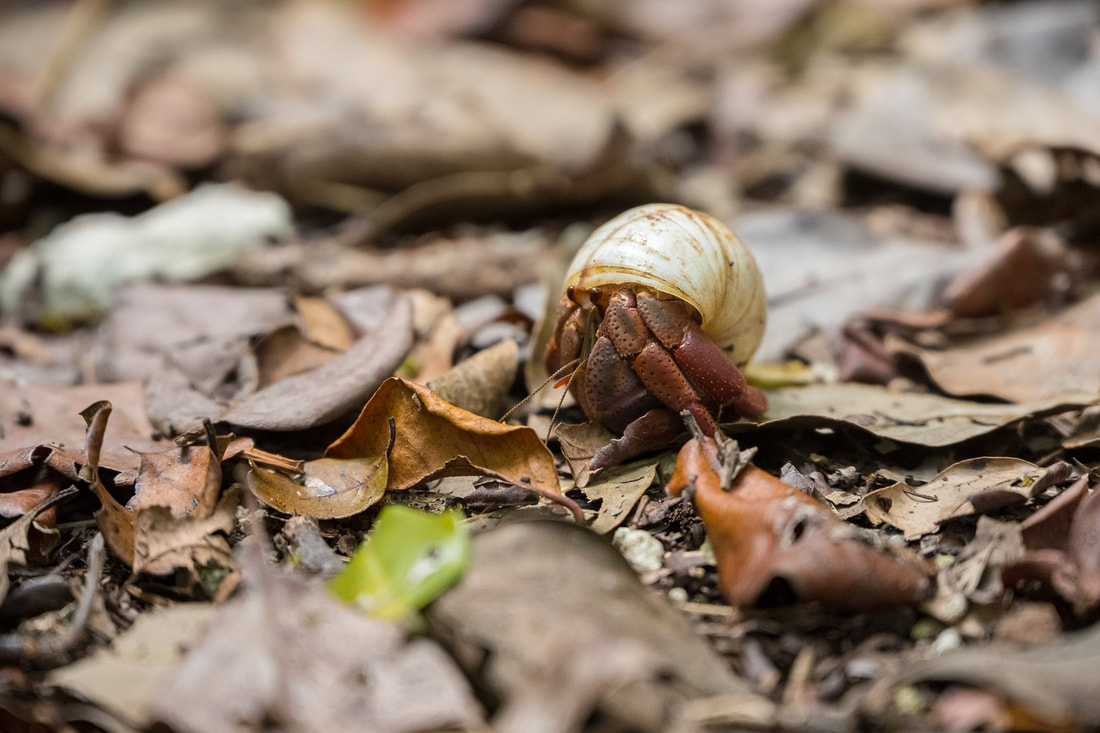

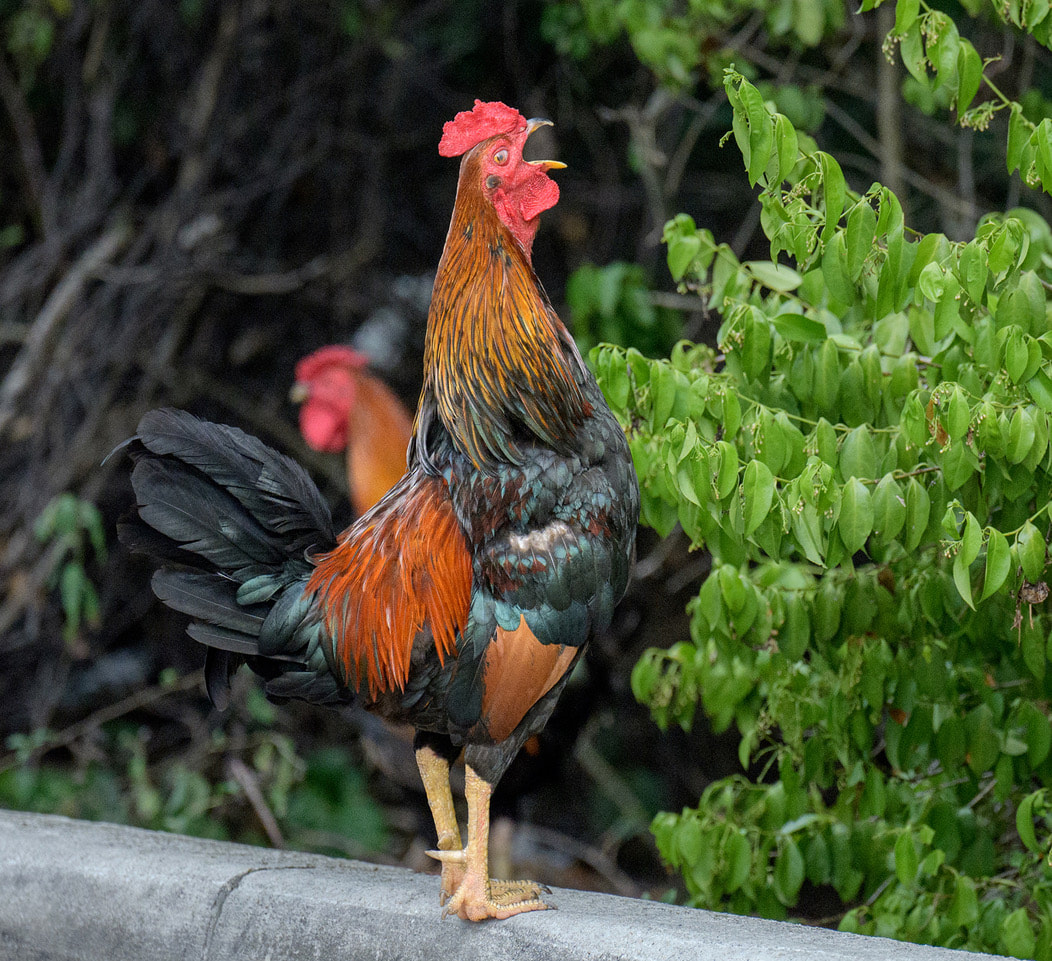
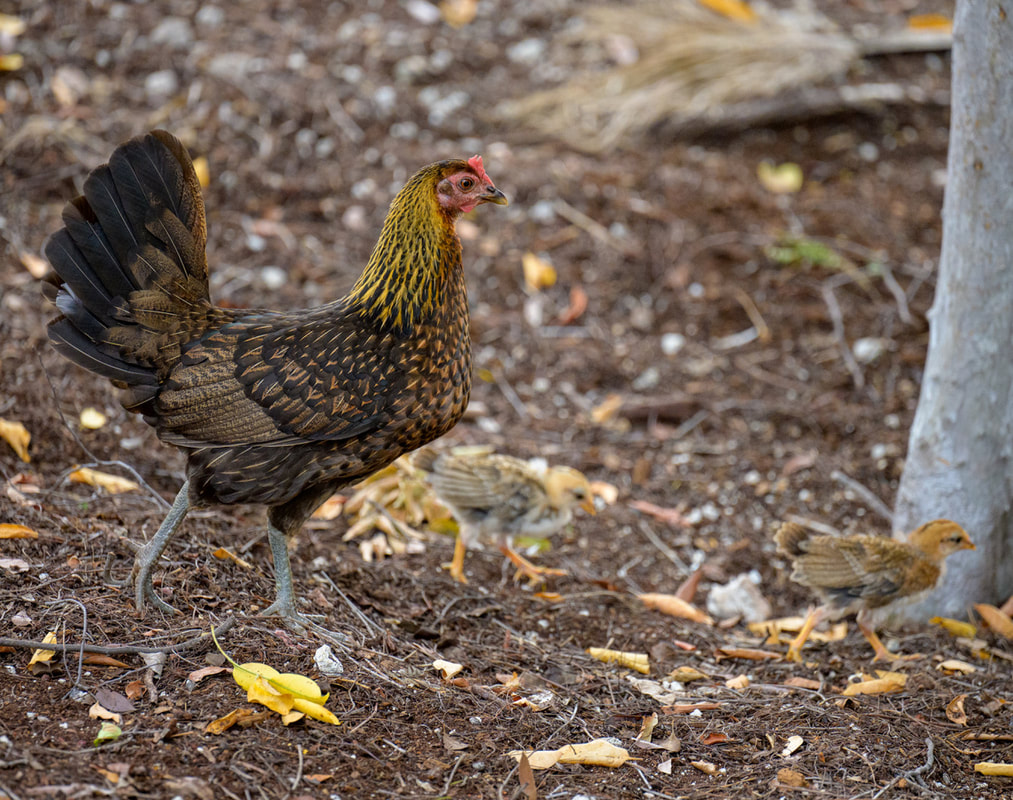
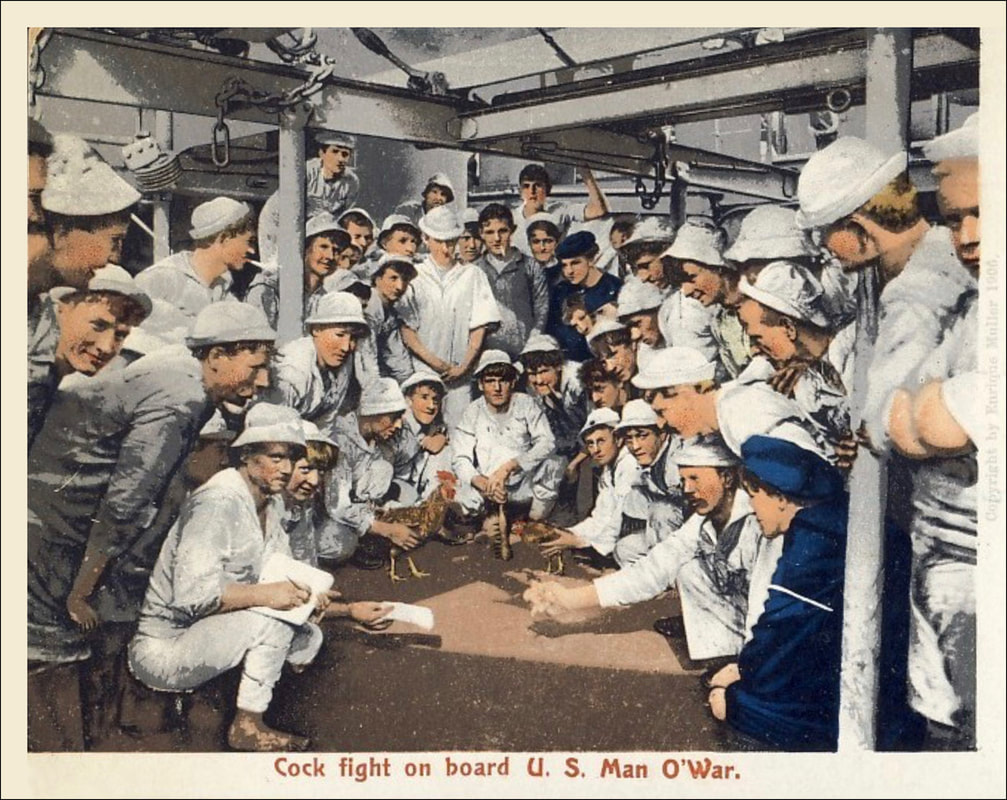
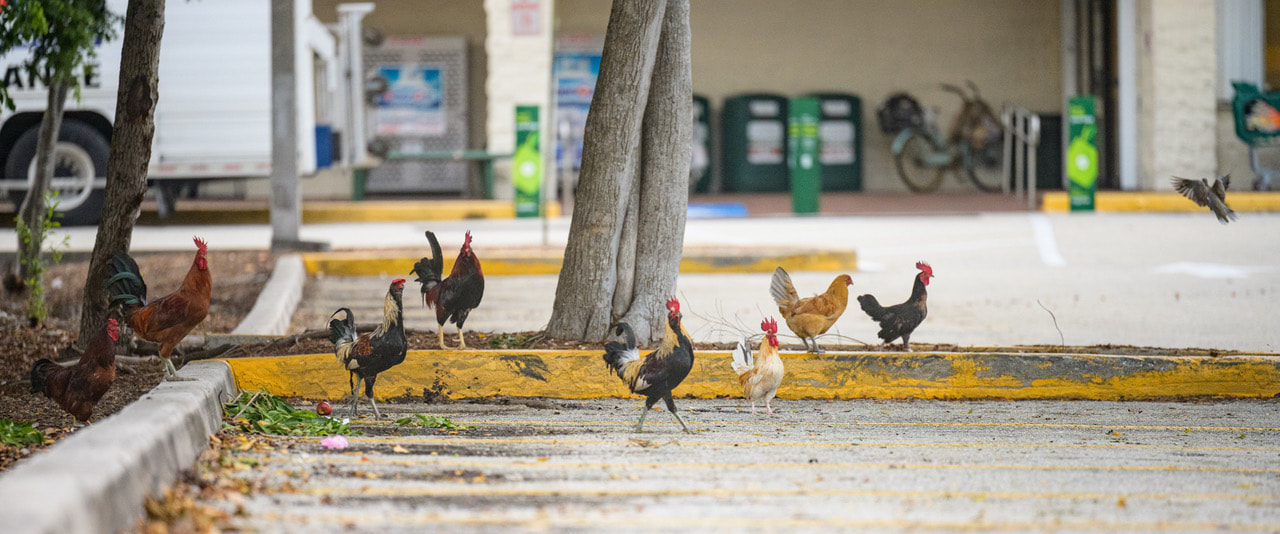
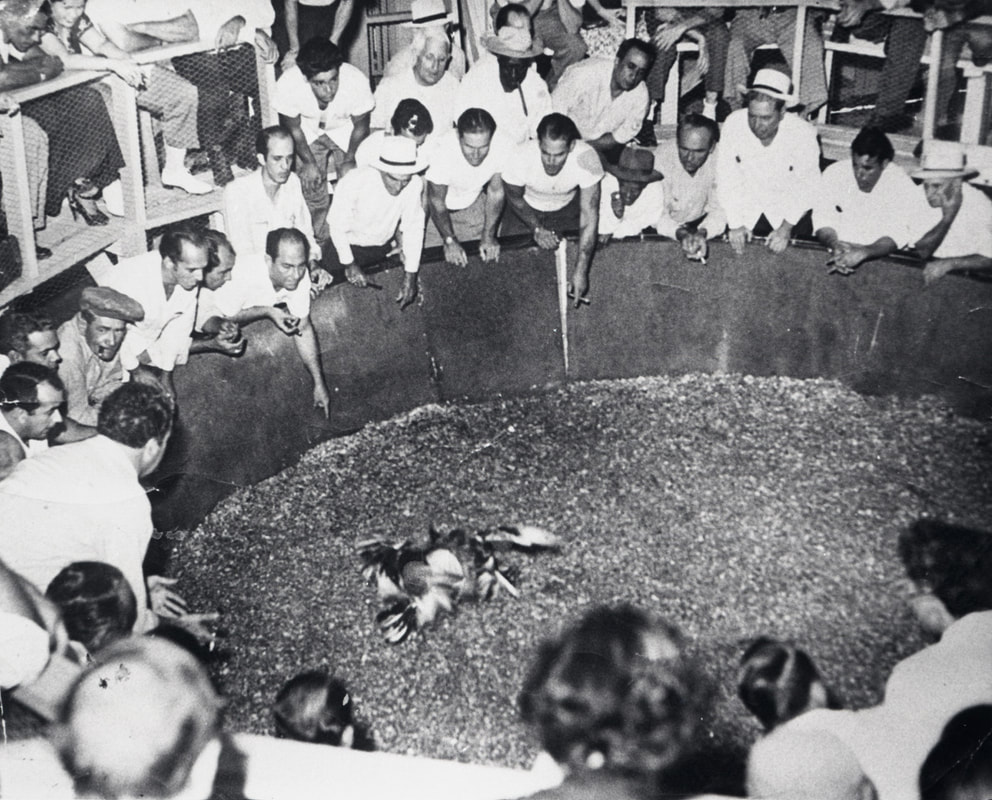
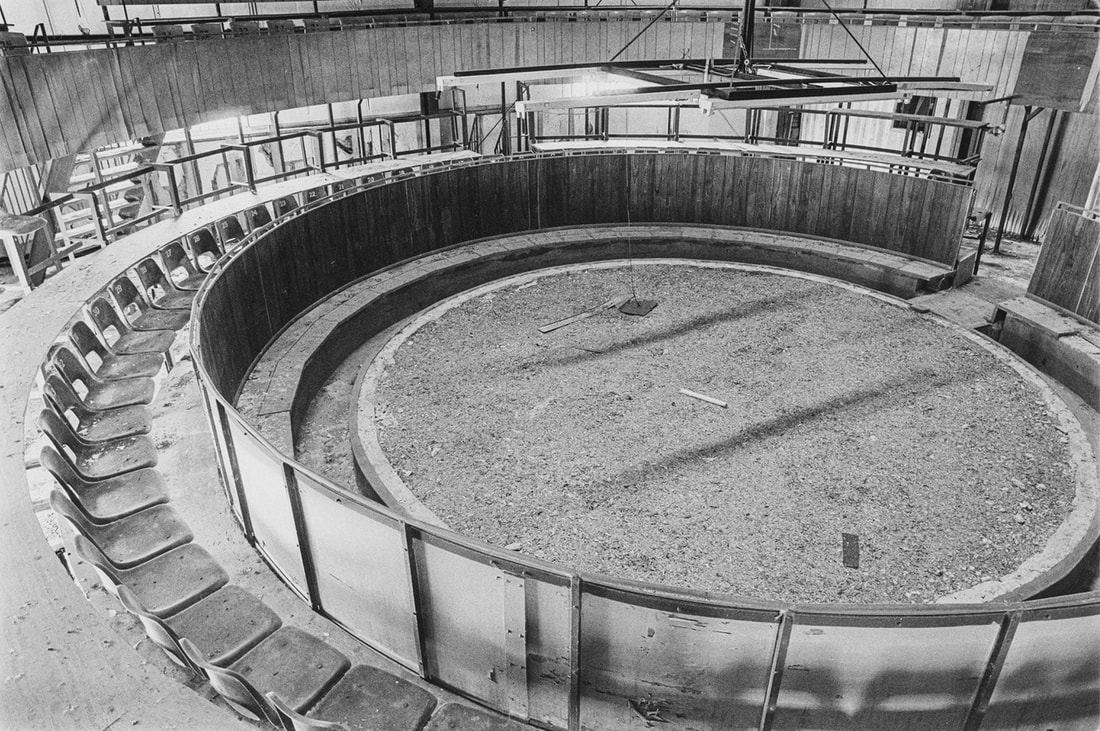

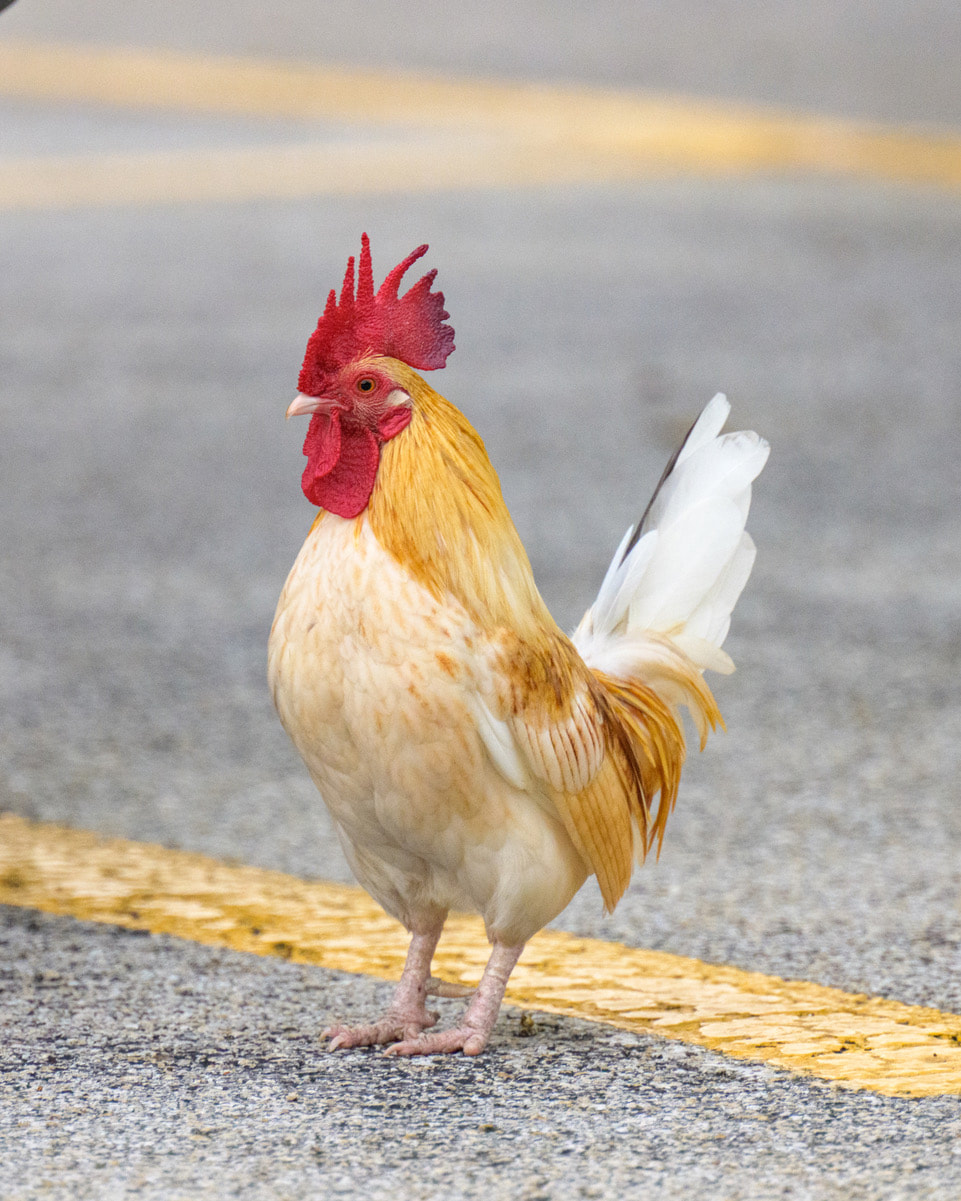
 RSS Feed
RSS Feed
